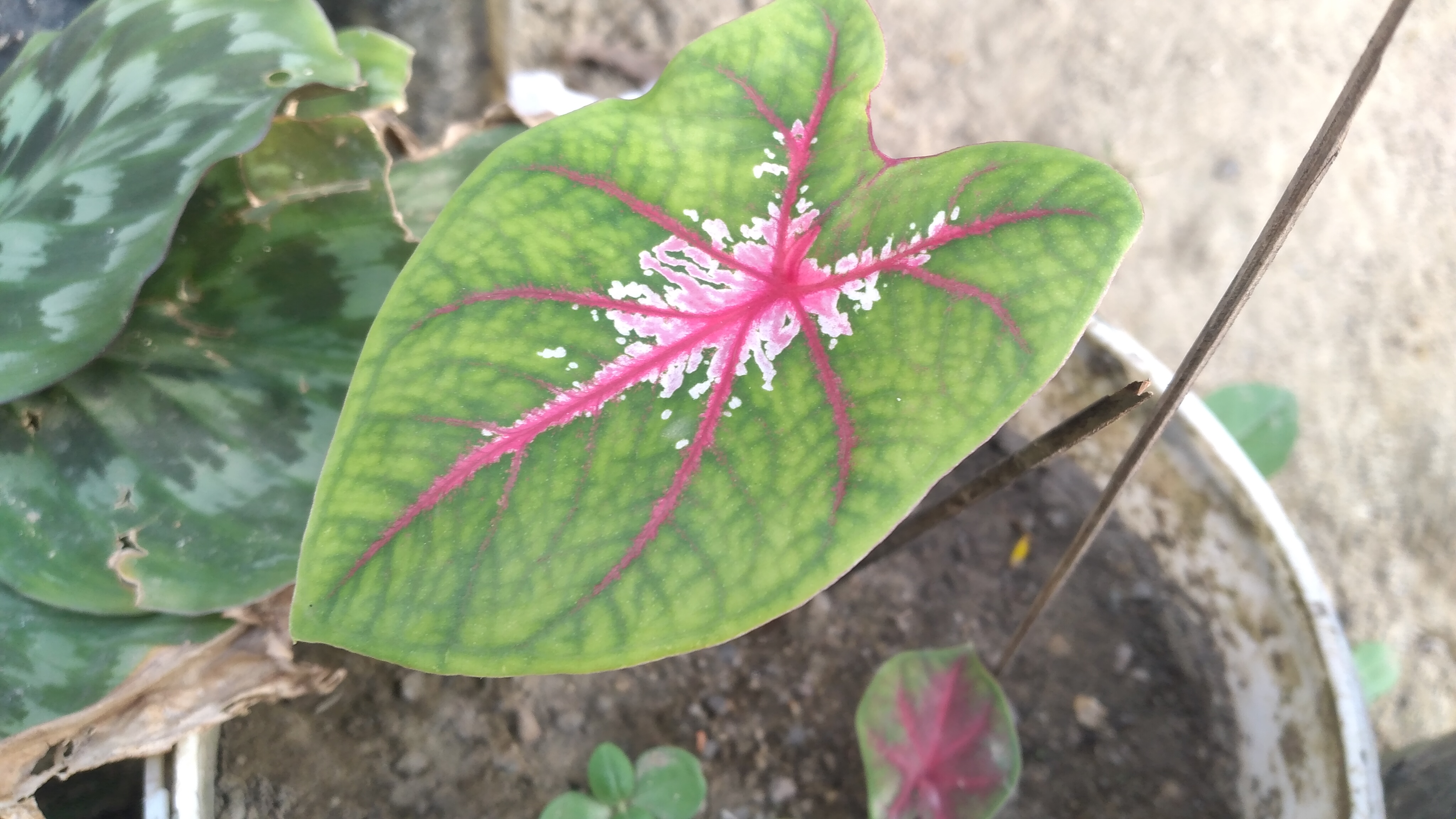
A number of Indonesian people have become fond of ornamental plants since the pandemic hit. Just like the taro plant which is one of the favorites at the moment. But, are you familiar with the classification, morphology and reproduction of this plant?
The name taro is taken from its scientific name, caladium. Caladiums belong to the Araceae family or the taro tribe.
Even though it is popular among Indonesian people, in fact this plant does not originate from Indonesia, you know. The ancestors of this plant are known to have come from the Amazon forest and South American regions such as Brazil, Argentina, Peru, Colombia and Venezuela which have tropical climates.
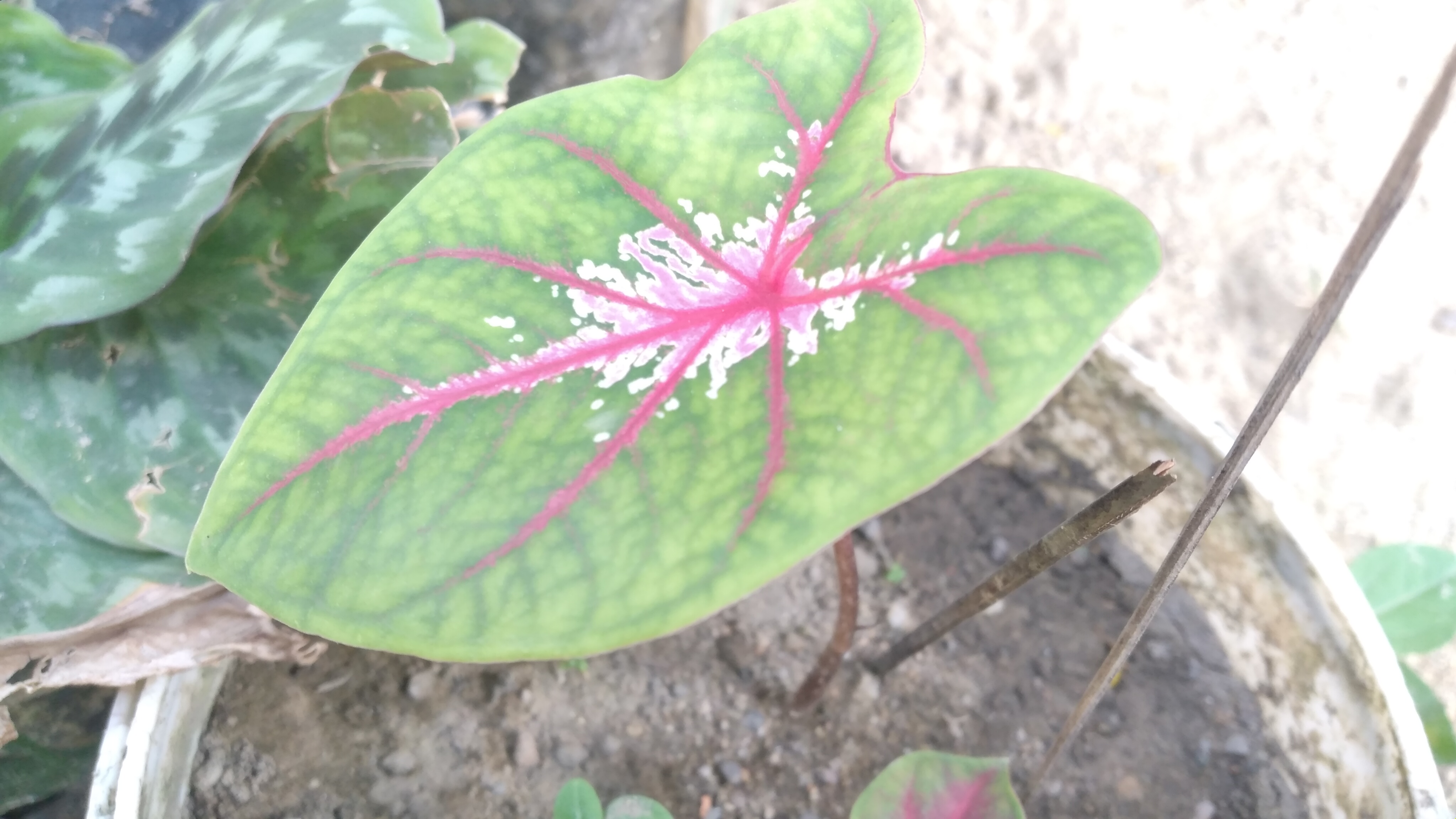
As reported in the book Caladium: The Charm of Angel's Wings by Nuheti Yuliarti, although its origins are from the American continent, the cultivation of ornamental caladium plants was carried out on the European continent for the first time in the 1700s. America itself only started cultivating this beautiful plant at the beginning of the 20th century.
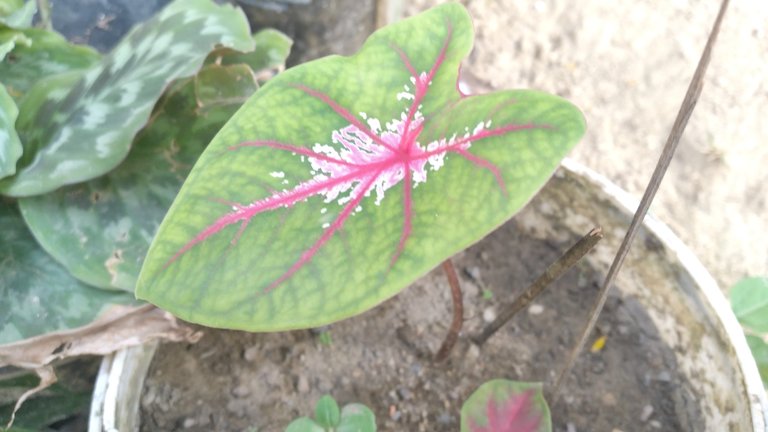
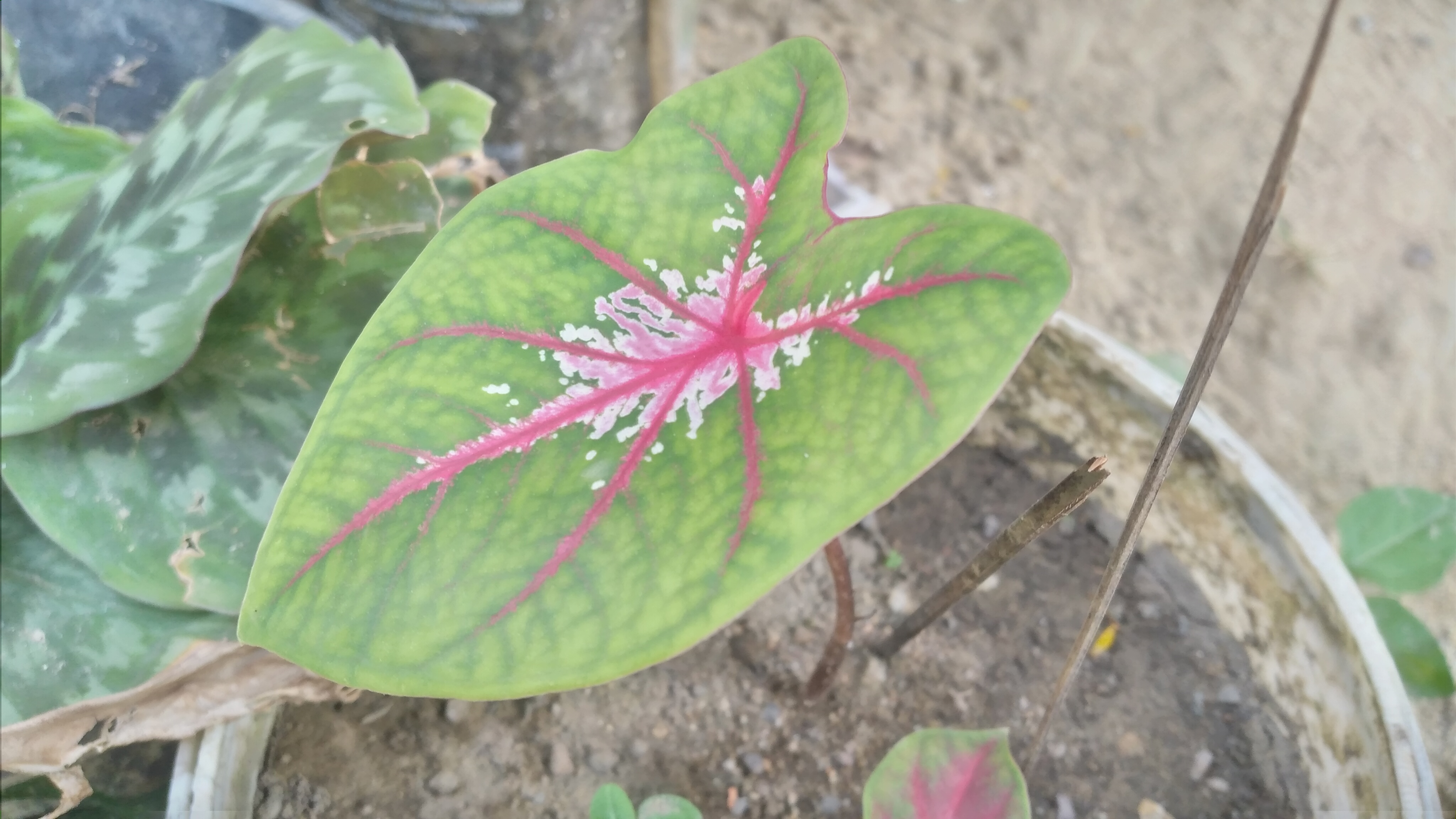
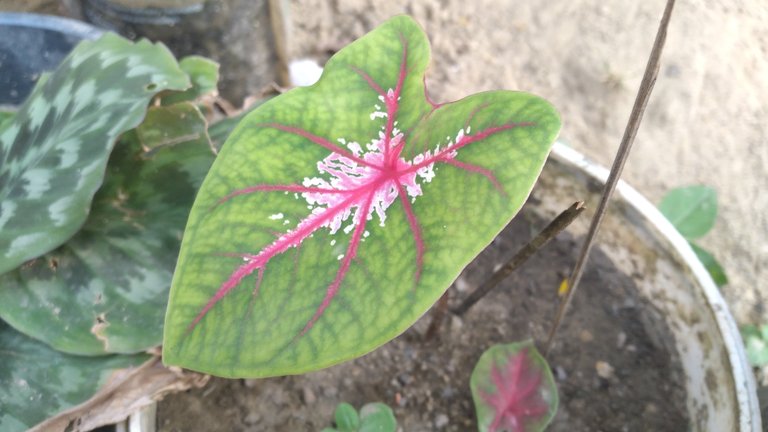
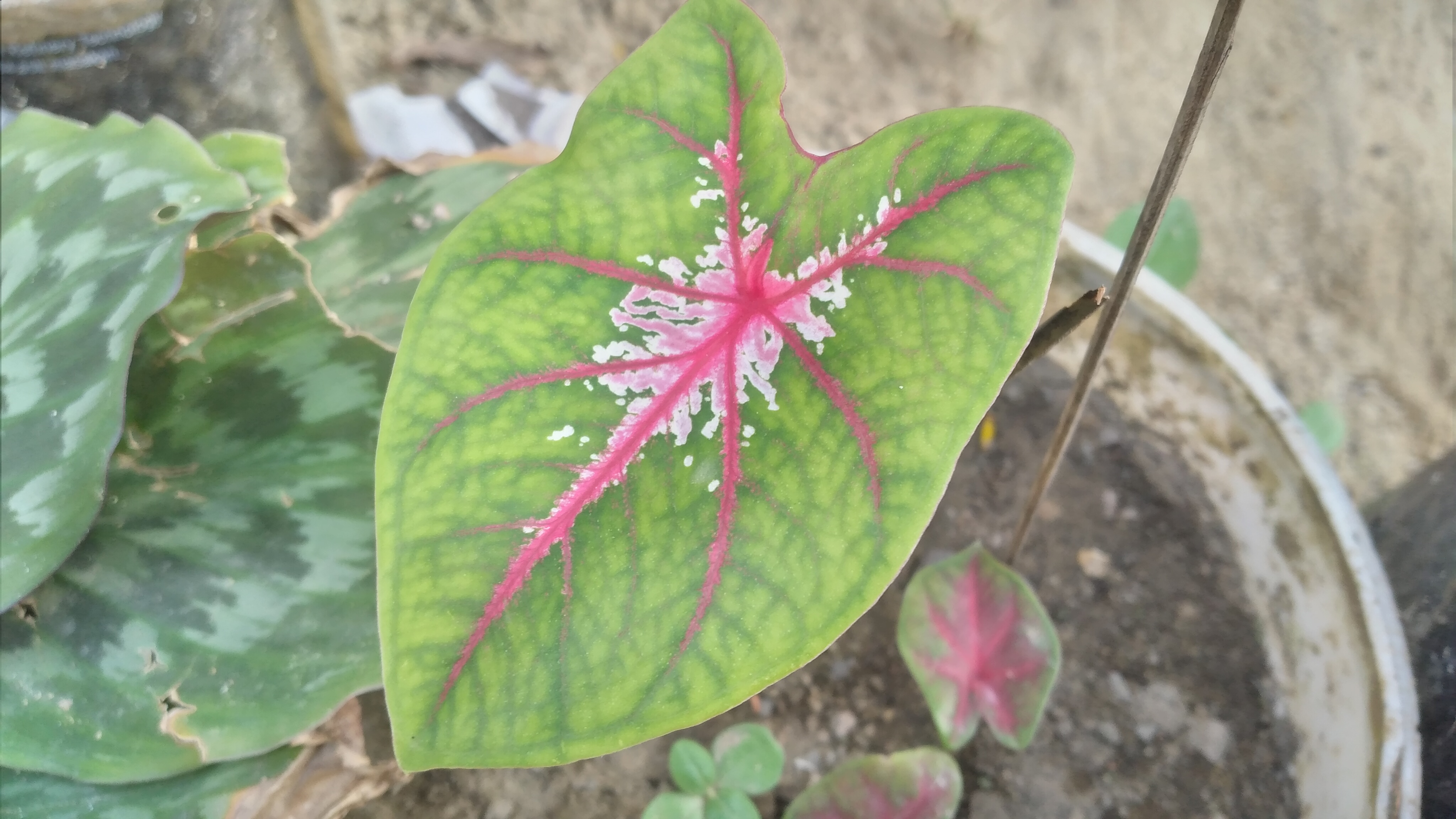
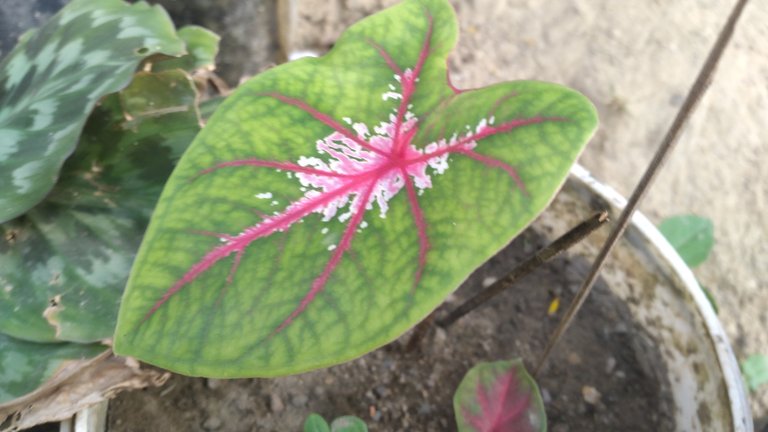
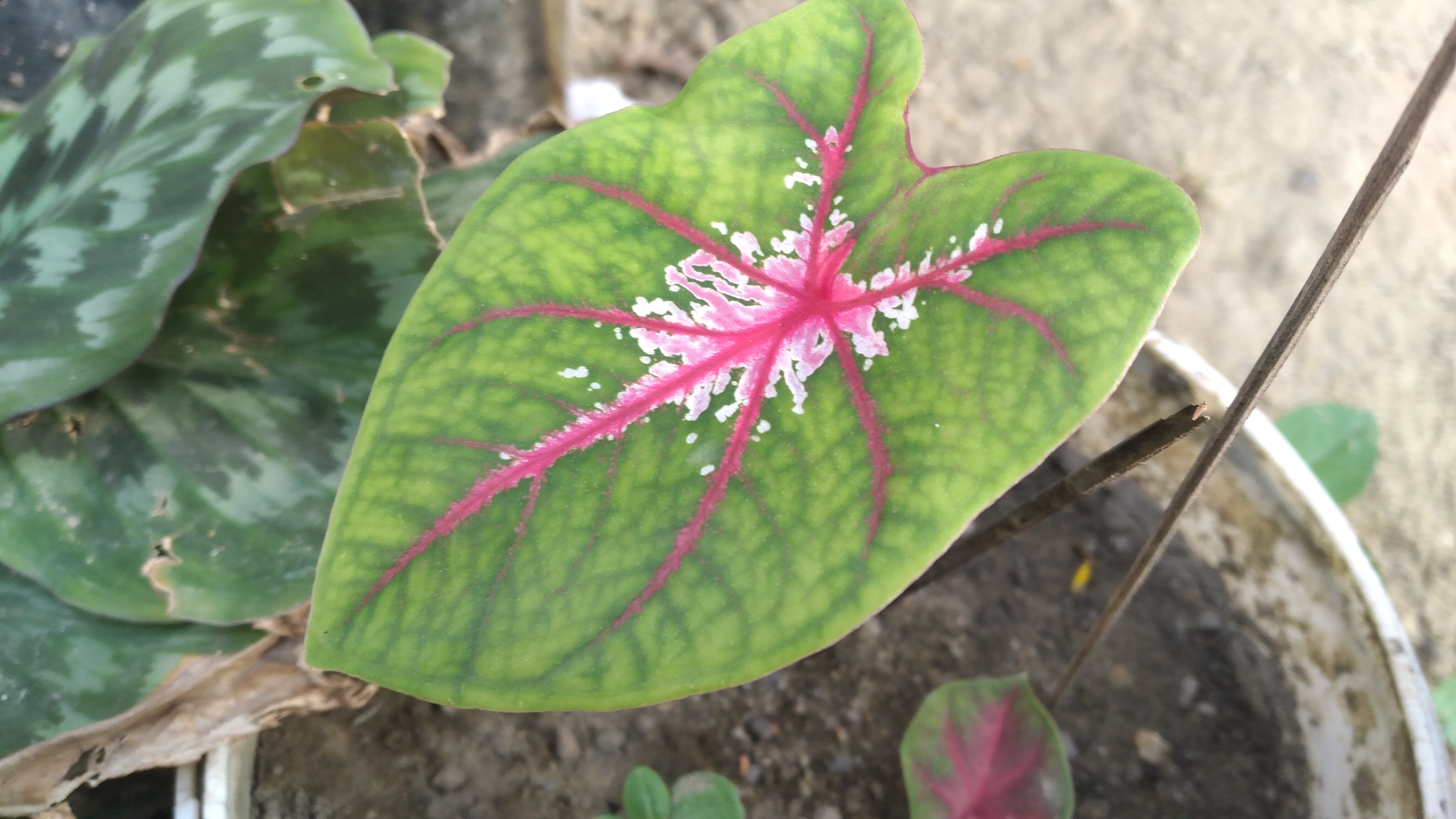

To know more about taro plants, you can read the explanation about their classification, morphology and reproduction below.
A. Classification of Caladium Plants (Caladium)
In the classification or systematics of plants, the taro plant is included in the taro tribe because of the shape of its leaves, stems and flowers. This plant is also closely related to philodendron, aglaonema, alocasia, and anthurium.
The complete position of caladium in plant classification is as follows.
Kingdom: Plantae
Division: Magnoliophyta
Class: Liliopsida
Order: Alismatales
Genus: Caladium
